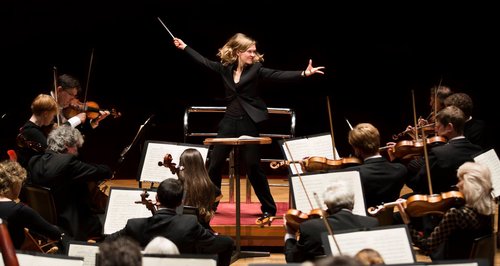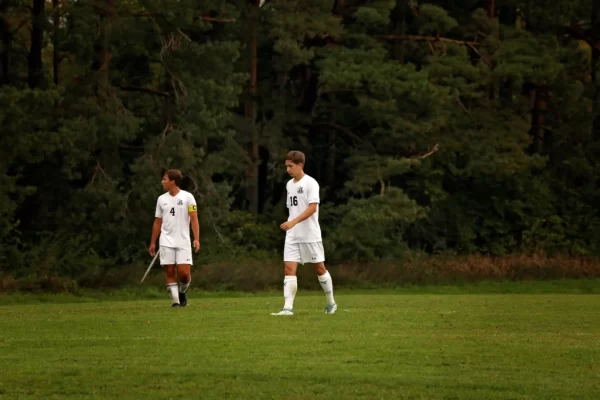Women in Classical Music

October 14, 2018
“Women don’t have the stamina to play a brass instrument.”
“You don’t sound like a woman.”
“She’s not very attractive.”
These were the words out of hundreds of conductors’, music directors’, and committee members’ mouths just 60 years ago when faced with a female orchestral applicant.
Since biblical days, women have played an influential role in music; the credit, however, has only recently found its rightful place. Throughout history, a woman’s education and status was measured partly in her ability to play a musical instrument: to showcase this talent publicly, on the other hand, was inconceivable. No, women were encouraged to stay quiet, keep their talents private, and entertain with some piano or harp only when called upon by men. Images such as these are clearly depicted in the commonly known books and movies such as Pride and Prejudice and Jane Eyre.
Before the 20th century, orchestras were entirely male, and no one questioned it. However, little by little, females began to create their own music groups as well; it was completely unrealistic to even attempt at auditions for serious male orchestras at that time. Only in the 1950s was the concept of “blind” auditions introduced. Many orchestras adopted this method, which involved a screen to hide the gender and identity of the musician during their audition. A long stretch of carpet was typically provided for the applicant to walk on, so that the loud presence of heels would be concealed. Women even had to be cautious when taking a breath during their playing, as it could have given away their gender and therefore cost them a well-deserved job. After the incorporation of blind auditions, the percentage of females in orchestras increased from 6%-21%, and continued to climb over time. Blind auditions have been carried over into modern day classical music, used in auditions for orchestras on any scale. Other genres have adopted this concept as well, such as the popular television show The Voice.
Over the years, although not easy in the least, the gender bias within the music industry has slowly dissolved, with changes being made even today. Now, some orchestras even have the fortunate problem of finding more male players, given the fact that women outnumber them.

